Reign 679 – 712 AD | Father Chach Parents Chach of Alor | |
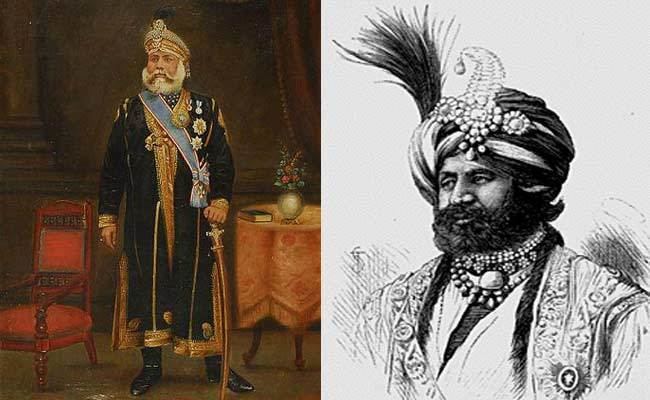 | ||
Issue Surya DeviPremala Devi Mother Rani Suhanadi(Former wife of Rai Sahasi) Children Surya Devi, Jai Singh, Premala Devi Similar Muhammad bin Qasim, G M Syed, Mahmud of Ghazni, Muhammad of Ghor, Al‑Hajjaj ibn Yusuf | ||
Raja Dahir Sen, or simply Raja Dahir (Sindhi: راجا ڏاھر; Sanskrit: राजा दाहिर, Rājā Dāhir; 661 – 712 AD) was the last Hindu ruler of Sindh. He presided over the Pushkarna Brahmin Dynasty of Sindh, which included territories that now constitute parts of the modern-day states of Afghanistan, the Balochistan region of Iran and Pakistan, and parts of Punjab. At the beginning of the Muslim conquest of the Indian subcontinent, his kingdom was conquered by Muhammad bin Qasim, an Arab general, for the Umayyad Caliphate. He was killed in battle by bin Qasim at the banks of the Indus River in Raor, near modern-day Nawabshah, while trying to resist the Umayyad invasion of his kingdom. The Raja was decapitated by bin Qasim, and his severed head was sent to Al-Hajjaj ibn Yusuf, an Umayyad governor. Following the collapse of the kingdom, most Hindu women committed Jauhar to prevent themselves from being raped by the invading Muslim forces, and the remaining survivors were enslaved by the Umayyad forces and sold into slavery.
Contents
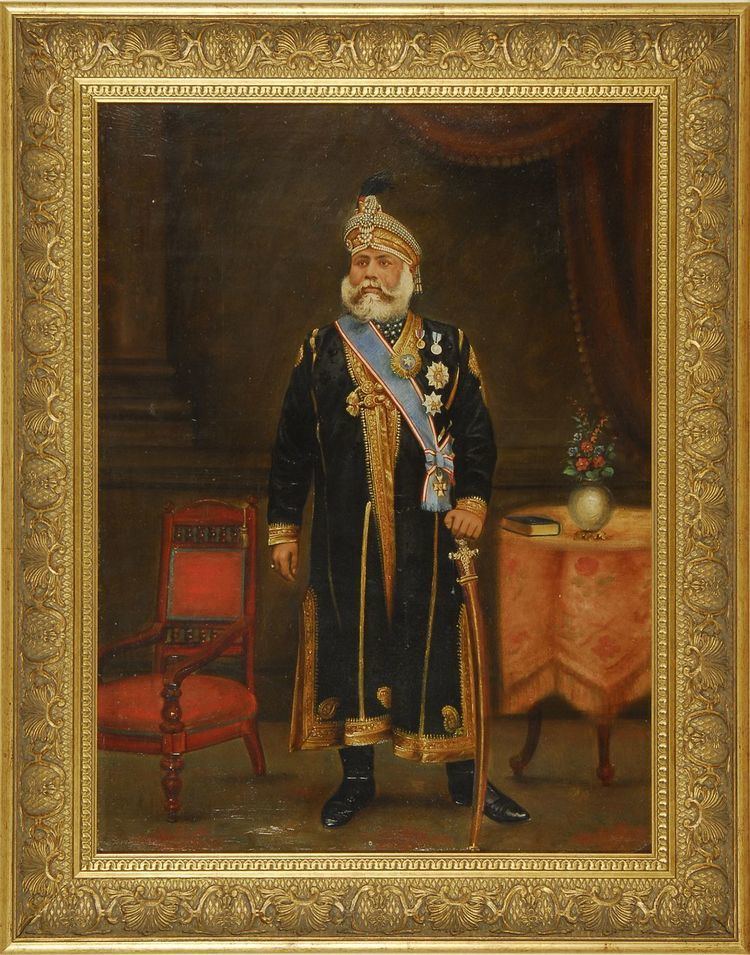
Reign in the Chach Nama
Raja Dahir was a Brahmin King,whose ancestors snatched the throne from the Buddhist rulers.
The Chach Nama is the oldest chronicles of the Arab conquest of Sindh. It was translated in Persian by Muhammad Ali bin Hamid bin Abu Bakr Kufi in 1216 CE from an earlier Arabic text believed to have been written by the Thaqafi family (relatives of Muhammad bin Qasim).
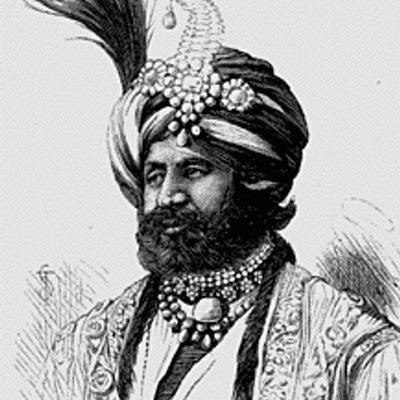
Dahir's kingdom was invaded by Ramal at Kannauj. After initial loss, the enemy advanced on Aror and he allied himself with Alafi, an Arab. Alafi and his warriors (who were exiled from the Umayyad caliph) were recruited; they led Dahir's armies in repelling the invading forces, remaining as valued members of Dahir's court. In are later war with the caliphate, however, Alafi served as a military advisor but refused to take an active part in the campaign; as a result, he later obtained a pardon from the caliph.
War with the Umayyads
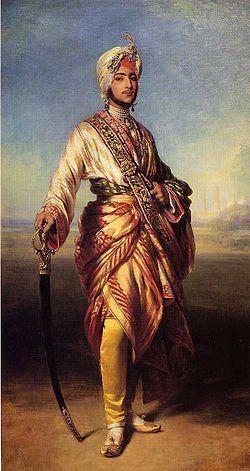
"I am going to meet the Arabs in the open battle, and fight them as best as I can. If I crush them, my kingdom will then be put on a firm footing. But if I am killed honourably, the event will be recorded in the books of Arabia and India, and will be talked about by great men. It will be heard by other kings in the world, and it will be said that Raja Dahir of Sindh sacrificed his precious life for the sake of his country, in fighting with the enemy."
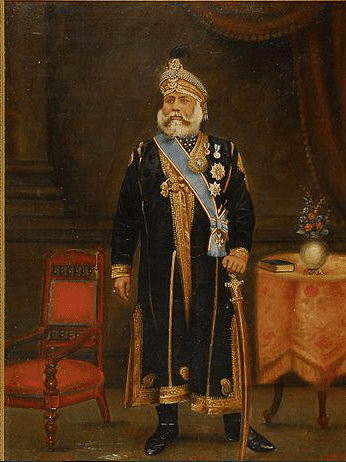
The primary reason cited in the Chach Nama for the expedition by the governor of Basra, Al-Hajjaj ibn Yusuf, against Raja Dahir, was a pirate raid off the coast of Debal resulting in gifts to the caliph from the king of Serendib (modern Sri Lanka) being stolen and a number of Muslim women who were also travelling using the ship were captured. Meds (a tribe of Scythians living in Sindh) also known as Bawarij had pirated upon Sassanid shipping in the past, from the mouth of the Tigris to the Sri Lankan coast, in their bawarij and now were able to prey on Arab shipping from their bases at Kutch, Debal and Kathiawar. in Sindh to a well-known follower of Imam Hussian, Muhammad Bin Allafi–a man much sought by the Umayyad in their deadly hunt for eliminating the last of the Ahl-e-Bait (Prophet Muhammad’s immediate family). That, according to some very believable sources, Dahir had even offered asylum to Hussain ibn Ali, the grandson of Prophet Mohammed, who was being persecuted at home. That as a result of this offer, Hussain was on his way to Sindh when he was seized at Karbala in Iraq and killed most viciously. That according to G.M. Syed, the grand old man of Sindh, “the Sindhis weep for Hussain ibn Ali and they weep for Raja Dahir Sen.” This we are not told.
Hajaj's next campaign was launched under the aegis of Muhammad bin Qasim. In 711 bin Qasim attacked at Debal and, on orders of Al-Hajjaj, freed the earlier captives and prisoners from the previous (failed) campaign. Other than this instance, the policy was generally one of enlisting and co-opting support from defectors and defeated lords and forces. From Debal Hajaj moved on to Nerun for supplies; the city's Buddhist governor had acknowledged it as a tributary of the Caliphate after the first campaign, and capitulated to the second. Qasim's armies then captured Siwistan (Sehwan) received allegiance from several tribal chiefs and secured the surrounding regions. His combined forces captured the fort at Sisam, and secured the region west of the Indus River.
The Chach Nama describes rule by successors of the Rai Dynasty as characterized by persecution of Buddhists, and Meds from the time of Chach; a prophecy of Raja Dahir's fall encouraged defections to bin Qasim's army. The king was a Brahmin, and the majority of his advisers were from his family. The ruler of Alor professed Buddhism. Nonetheless, there was a sense of "ideological dualism" between them; Sociologist U.T. Thakur considered this the inherent weakness exploited by the Arabs when they invaded the region.
By enlisting the support of local tribes Meds and Bhuttos) and Buddhist rulers of Nerun, Bajhra, Kaka Kolak and Siwistan as infantry to his predominantly-mounted army, Muhammad bin Qasim defeated Dahir and captured his eastern territories for the Umayyad Caliphate.
Sometime before the final battle, Dahar's vizier approached him and suggested that Dahar should take refuge with one of the friendly kings of India. "You should say to them, 'I am a wall between you and the Arab army. If I fall, nothing will stop your destruction at their hands.'" If that wasn't acceptable to Dahar, said the vizier, then he should at least send away his family to some safe point in India. Dahar refused to do either. "I cannot send away my family to security while the families of my thakurs and nobles remain here.
Dahir then tried to prevent Qasim from crossing the Indus River, moving his forces to its eastern banks. Eventually, however, Qasim crossed and defeated forces at Jitor led by Jaisiah (Dahir's son). Qasim fought Dahir at Raor (near modern Nawabshah) in 712, killing him. After Dahar was killed in the Battle of Aror on the banks of the River Indus, his head was cut off from his body and sent to Hajjaj bin Yousuf. His queens burnt themselves to death in the tradition set by the Rajput heroines. These included Bai, the unfortunate sister of Dahar. Other ladies of the royal household, who remained alive, were captured by the Arab conquerors along with other women of Sindh, and sold into slavery. Thus ended the dynasty that had sprung out of the ambitions of Queen Suhandi and Chach the Brahmin.
